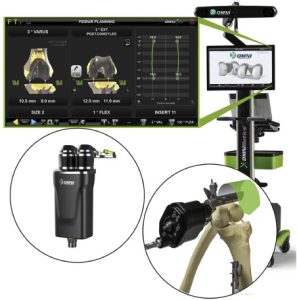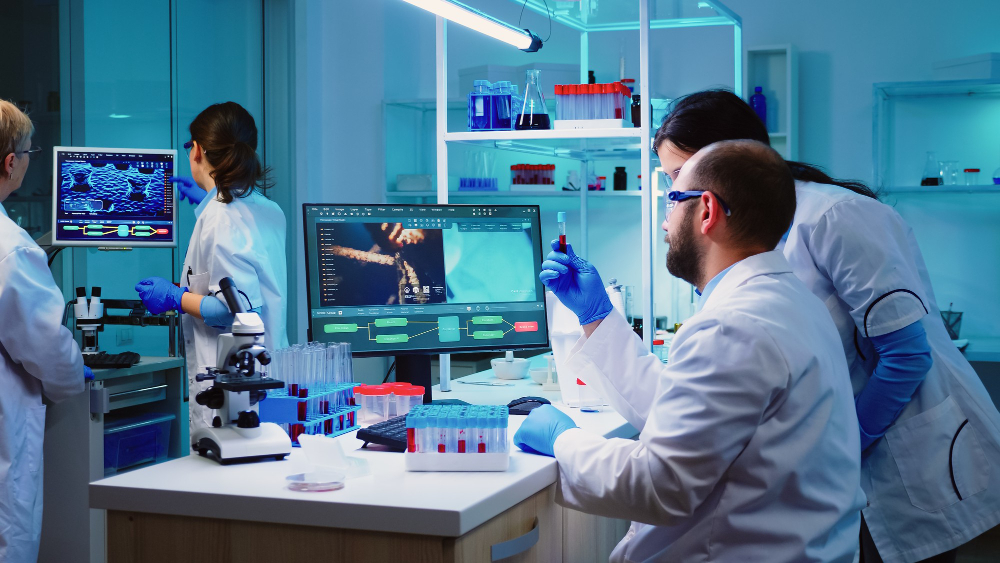Introduction
Robotic surgery also known as computer aided surgery is one of the modern advancement technology in the health care system that has been adopted to change the traditional concept of surgery. In integrating robotics into the operations of surgeries, it is the hope of bringing in robotic technology to blend with the experience of surgeons in order to improve the efficiency and safety of surgeries. In this article the basic principles of robotic surgery, its advantages over conventional approaches, technical aspect and future development are discussed.
As you understand the basics of Robotic surgery, the course outlines the Principles of Robotic Surgery.
This is a technique in which surgeons operate with the help of robotic systems in order to execute intricate procedures with the help of small cuts in patients’ bodies. While in the conventional surgery the surgeon grasps and manipulates instruments, robotic surgery enables the surgeon to control the surgical instruments from a remote console. This console gives a stereoscopic view of the surgical area and also has improved control over surgical instruments that results into more accurate maneuverability during surgery.
Such surgical robots are mounted with several robotic arms each holding a tool of surgery. These instruments imitate the surgeon’s actions but are far more accurate reducing the ability of human mistake.
Key Benefits of Robotic Surgery:
- Enhanced Precision and Control: Robotic surgical systems amplify the movements of the surgical tool to result in finer and more precise actions than the surgeon could perform. The technology also helps surgeons to manage the sensitive tissues and structures of the human body with so much ease.
- Minimally Invasive Procedures: The first and probably the most important benefit of robotic surgery is that it offers the chance of carrying out minimally invasive operations. It is less invasive due to its small size which means that it causes minimal damage to the body; it leads to minimal blood loss and shortens the patient’s rehabilitation time.
- Reduced Risk of Complications: Robotic systems enable precession and control in the operations to be conducted in the least likely occurrence of a complication. The first advantage through enhanced visualization, surgeons can perform the delicate movements with more accuracy thereby also minimizing exposure of other tissues to trauma.
- Improved Outcomes: Those who go under robotic surgery are able to benefit from faster recovery, shorter hospitalization and reduced rate of post surgical complications. This in a nutshell translates into improved overall quality of care and patients’ satisfaction.

The Technology Behind Robotic Surgery
Robotic surgery systems are powered by advanced technologies that include:Robotic surgery systems are powered by advanced technologies that include:
- High-Definition 3D Visualization: Surgeons are able to see the surgical site in 3 dimensions, in high definition and can manoeuvre the instruments in a much exacting manner.
- Articulated Instruments: Robotic arms have articulated instruments that are capable to rotate and bend in directions that human hand cannot offer.The robotic arms are fitted with instruments that can turn and fold in a way that human hands cannot. One advantage of this design arrangement is increased freedom of movement within the body layout flexible even in limited areas of space.
- Force Feedback Systems: Some robotic systems are capable of communicating force back to the surgeon thus allowing him or her to feel amount of force being applied during operations. This way of feedback also gives better control and safety from unwanted mishaps or accidents to happen.
- AI and Machine Learning: AI and machine learning are slowly finding their way in the robotic surgery systems taking control of different aspects of the surgery process. These allow for decision-making in real-time, predictive actions and in enhancing the surgical performance.
Future Prospects of Robotic Surgery
There is so much potential for the future of robotic surgery as the future innovations can further improve on the capacity and operations. Some of the potential developments include:Some of the potential developments include:
- Increased Automation: There are signs that shows that robotic surgery systems can be partially endued with Artificial Intelligence and Machine Learning capabilities and thus bigger portions of the operations may be executed by artificial intelligence instead of the human surgeon in the futurer. They thought this might for instance result into well organized and uniformity in conduct of surgical processes.
- Remote Surgery: Telemedicine, where a surgeon transmits signals to control surgical operation from a distance is becoming more and more possible. telepresence and robotic surgery might become a reality once there is improved telemedicine networks due to the introduction of 5G technology.
- Expansion to New Surgical Specialties: The advancement in the field of robotic surgery has already been implemented in many fields such as urology gynecology and cardiothoracic surgery but there are predictions of increased implementation in many other fields. Technological enhancements may deem robot for general use in neurosurgery and orthopedic surgery.
- Cost Reduction and Increased Accessibility: Currently, there are constraints of technology as well as size, which makes the cost of such systems high but as technology improves and the manufacturers gain economies of scale, one would expect the cost of the robotic surgery systems to reduce significantly. This could make the technology more available for purchase to many healthcare facilities and hence enhance the welfare of many patients in different parts of the globe.

Meditech: A Pioneer Shaping the Future of Healthcare Technology is driving advancements in this. promising a future where emerging technologies enhance patient outcomes. Learn more about the future of healthcare in this comprehensive guide.
Conclusion
Robotic surgery can be considered as the new step in the development of medical science as it has a number of advantages compared to conventional surgery. The times to come are promising as more progression in technology is being developed, making robotic surgery the future of the healthcare industry and providing safer, efficient and global access to surgical operations for patients.
